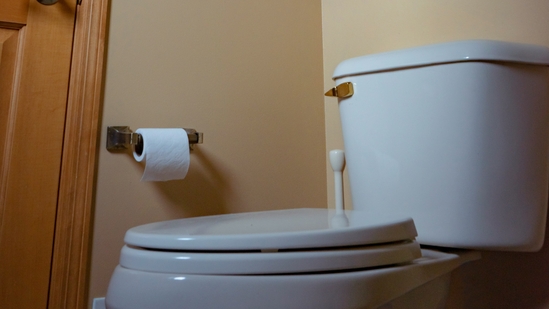Chandigarh February 20: Ever wondered what happens when you flush a public restroom toilet? Turns out, it’s not just water swirling down the drain, it’s also sending a cloud of invisible bacteria into the air. A recent study reveals that each flush releases germ-laden droplets that could pose health risks, and some toilet designs make it even worse.
How toilets spread airborne bacteria
Researchers from China University of Geosciences investigated how different toilets and ventilation systems impact the spread of airborne bacteria. They focused on two common culprits, Staphylococcus aureus, often found on the skin and in airways, and E. coli, a bacteria that normally lives in the intestines. The findings might just make you rethink your next restroom visit.
A study in Risk Analysis compared squat toilets to bidet-style ones, finding that squat toilets spread more bacteria—2.6 times more S. aureus and 1.4 times more E. coli. The design of squat toilets, with their lower height and smaller bowl walls, allows more droplets to escape. Surprisingly, a second flush can release even more bacteria—1.8 times more S. aureus and 1.4 times more E. coli—suggesting multiple flushes may increase, rather than decrease, exposure to harmful germs.
Why size of particles and ventilation matters
The size of these airborne water droplets plays a key role in health risks. Researchers found that most bacteria-laden droplets were under 4.7 micrometres, tiny enough to stay suspended in the air and be inhaled deep into the lungs. Around 55-70% of S. aureus and 52-62% of E. coli droplets fell into this concerning category.
Summary: A new study reveals that flushing public toilets can spread harmful germs and bacteria, increasing potential health risks for users.


